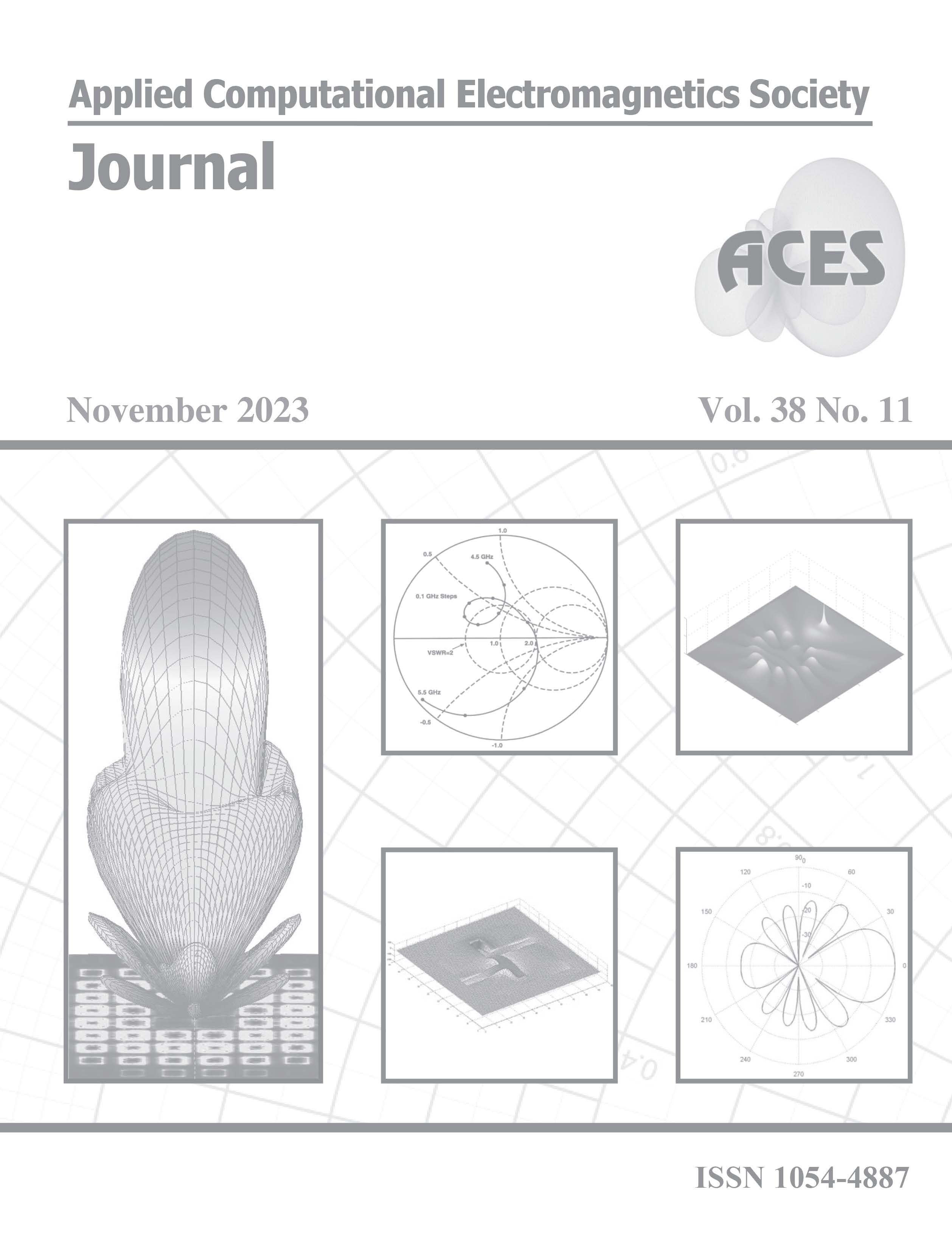A Parallel 3-D HIE-FDTD Method using the MPI Library
##plugins.pubIds.doi.readerDisplayName##:
https://doi.org/10.13052/2023.ACES.J.381103关键词:
Electromagnetic scattering, finite-difference time-domain (FDTD), HIE-FDTD, parallel computing, thin layers摘要
This paper presents the implementation of the parallel hybrid implicit-explicit finite-difference time-domain (HIE-FDTD) method using the Message Passing Interface (MPI) library. The method proves to be very effective in simulating large-scale three-dimensional electromagnetic problems with fine structures in one direction. For the decomposition of the computational volume in the HIE-FDTD method, an MPI Cartesian 2D topology is implemented, allowing arbitrary division of the volume in two directions. Derived data types provided in the MPI library are employed to optimize inter-process communication. High accuracy and efficiency are subsequently demonstrated through a numerical example of a frequency-selected surface (FSS). It shows that the proposed method is very suitable for parallel computing, and the parallel efficiency maintains above 80% for different numbers of processes.
##plugins.generic.usageStats.downloads##
参考
K. S. Yee, “Numerical solution of initial boundary value problems involving Maxwell’s equations in isotropic media,” IEEE Trans. Antennas Propagat., vol. AP-14, pp. 302-307, 1966.
A. Taflove and S. C. Hagness, Computational Electrodynamics: The Finite-Difference Time-Domain Method, 3rd ed. Boston, MA, USA: Artech House, 2005.
Guiffaut and K. Mahdjoubi, “A parallel FDTD algorithm using the MPI library,” IEEE Antennas Propag. Mag., vol. 43, no. 2, pp. 94-103, Apr. 2001.
T. Namiki, “A new FDTD algorithm based on alternating-direction implicit method,” IEEE Trans. Microw. Theory Tech., vol. 47, no. 10, pp. 2003-2007, Oct. 1999.
Y. Yang, R. S. Chen, and E. K. N. Yung, “The unconditionally stable Crank–Nicolson FDTD method for three-dimensional Maxwell’s equations,” Microw. Opt. Tech. Lett., vol. 39, pp. 97-101, Oct. 2003.
J. Shibayama, M. Muraki, J. Yamauchi, and H. Nakano, “Efficient implicit FDTD algorithm based on locally one-dimensional scheme,” Electron. Lett., vol. 41, no. 19, pp. 1046-1047, Sep. 2005.
S. Garcia, T. Lee, and S. Hagness, “On the accuracy of the ADI-FDTD method,” IEEE Antennas Wireless Propag. Lett., vol. 1, no. 1, pp. 31-34, Jan. 2002.
M. Li, K. P. Ma, D. M. Hockanson, J. L. Drewniak, T. H. Hubing, and T. P. Van Doren, “Numerical and experimental corroboration of an FDTD thin slot model for slots near corners of shielding enclosures,” IEEE Trans. Electromagn. Compat., vol. 39, no. 3, pp. 225-232, Aug. 1997.
J. Chen and J. G. Wang, “A 3D hybrid implicit-explicit FDTD scheme with weakly conditional stability,” Microw. Opt. Technol. Lett. 48, 2291-2294, 2006.
J. Chen and J. Wang, “Comparison between HIE-FDTD method and ADI FDTD method,” Microw. Opti. Technol. Lett., vol. 49, no. 5, pp. 1001-1005, Mar. 2007.




